Keep Your Cool
Canada doesn’t get as much hot weather as our neighbours to the south, but that doesn’t mean it won’t be a grueling summer if you don’t have a means of staying cool. Depending on your budget and square footage in your home, there are different options for air conditioners. If you only require a window unit then you won’t have to spend much money and they are efficient for rooms 100-300 sq ft, but won’t help in a larger home. Inversely, an over-sized A/C unit can leave a room feeling way too cold and a bit clammy.
Consider This
EnergyStar states the average Canadian spends 13% of its annual energy bills on cooling.
Note the Noise
Models that scored excellent in noise tests mean that you will only hear a slight hum, which comes from the fan running. Air conditioning units that scored lower for noise may disturb light sleepers, even when set on low. Additionally, when running on higher settings these units could drown out conversation.
Factor-In the Window Location
Window air conditioners, or “window shakers” as they’re often called, force air in one direction. That isn’t an issue, assuming the window is centered properly. The reason for this is that to properly cool the room, the air should be directed into the centre of the room. If your window A/C unit is pushing air into one corner, or towards another window, you may find that your room isn’t cooling like you want it to.
Install It Correctly
To get the most from your window air conditioner it must be properly installed. Most units are intended for double-hung windows. If you have casement windows, you may want to consider a through-the-wall air conditioner. Make sure your window unit is level so that it drains correctly. And move any heat-generating devices such as a TV or lamp away from the unit.
Check Filter Location
This one seems obvious, but if you aren’t sure how to access your filter or even where your A/C filter is, you’ll want to check the instruction manual.
Intelligent Cooling
Some air conditioners have been built to be smarter, allowing you to control and adjust them from your smartphone. These units will pair with a smart thermostat to learn your habits and routines to keep you cool at home while cutting energy costs. You can often interconnect them to other cooling units in your home.
Watch the Warranty
Don’t buy without a full understanding of what your air conditioner’s warranty. This includes knowing what is, and isn’t, covered by it. Also, ensure you understand the length.
Sizing Up Your Options
It is of course important that you consider price and features, but equally as important is determining the size of unit you need for the space you want to cool. Window air conditioners have cooling capacities ranging from 5,000 to 12,500 British thermal units (Btu).
The general rule is that an air conditioner needs 20 Btu for each square foot of living space. To measure your room, multiply the length of the room by the width. With that information in hand, be aware that there are other considerations that affect your Btu allowance. These include (but are not limited to): the height of your ceiling, the size of your windows and doorways, as well as where your air conditioning unit will be placed.
- If the room is usually shaded, reduce capacity by 10 percent.
- If the room is extra sunny or has large windows, increase capacity by 10 percent.
- If more than two people regularly occupy the room, add 600 Btu for each additional person.
- If the unit is used in a kitchen, increase capacity by 4,000 Btu.
But Which Air Conditioner is Right For You??
Some small window units may cost less than $200, which makes them a tempting proposition—but only if you need to cool a very small space. If you need to cool a larger area, you’ll want to focus your search on units that better match your square footage.

Window Air Conditioners
Small—Capacity ranges from 5,000 to 6,500 Btu/hr. Cools roughly 100 to 300 square feet. These units are the smallest, lightest, and least expensive, but they can’t adequately cool a room measuring more than 300 square feet.
Cost: $100-$300.
Medium—Capacity ranges from 7,000 to 8,200 Btu/hr. Cools roughly 250 to 400 square feet. Prices start creeping up, and their size and weight can make them harder to install and remove for winter storage.
Cost: $200-$400.
Large—Capacity ranges from 9,800 to 12,500 Btu/hr. Cools between 350-650 square feet. Best for cooling a large room, but the bulk and weight make these models awkward and difficult to install.
Cost: $400-$600.
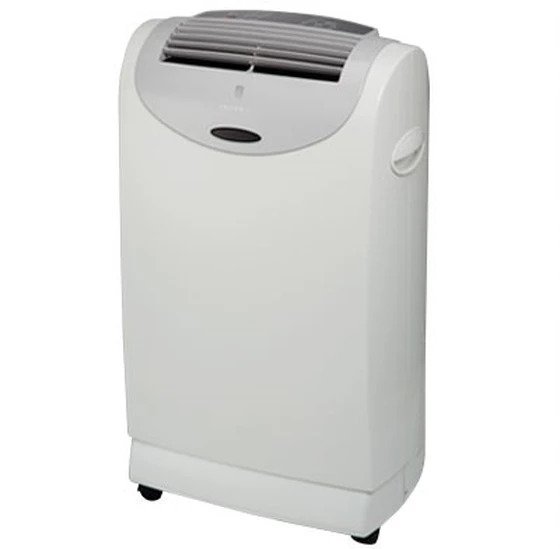
Portable Air Conditioners
Portable air conditioners are intended for homes in which window configurations or building regulations prevent installation of window units. Most residential portable air conditioners range from 5,000 to 15,500 Btu. But don’t compare portable and window air conditioners by that measurement alone.
The latest air conditioner tests found that portables aren’t as good at cooling as manufacturers claim. Plus, they’re pricey and use more energy than similarly sized window units. They tend to be noisier than window-mounted units. And while technically “portable,” their 50- to 80-pound weight can make them cumbersome and ungainly to roll across carpets or thresholds.
Cost: $300-$600.
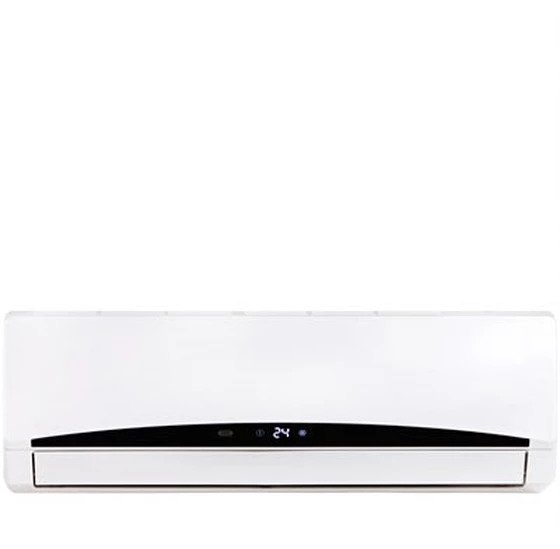
Split Ductless Air Conditioners
Split ductless is a smart way to add air conditioning to a limited number of rooms without having to open up walls to install ductwork—as you would with a central-air system—or install and remove multiple window units each year.
Split ductless is more expensive than window or portable units (and professional installation is recommended) but is less expensive than central air if you are cooling only a few rooms. However, if you are looking to cool the majority of your home, a central air-conditioning system is probably the more cost-effective choice.
Cost: $1,000 and up.
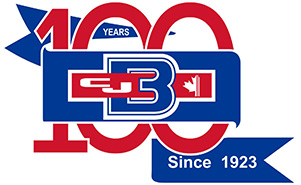



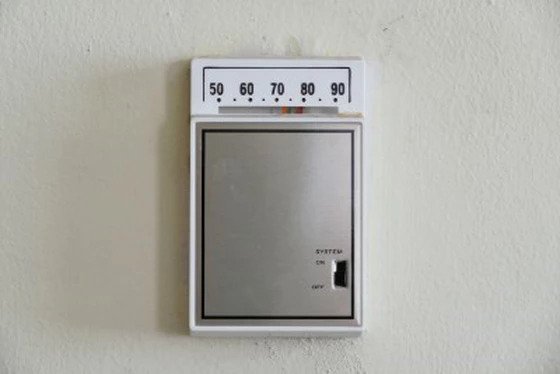

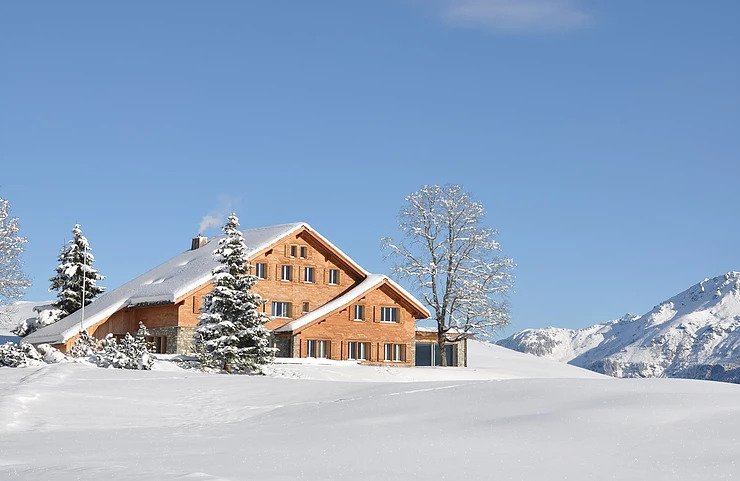
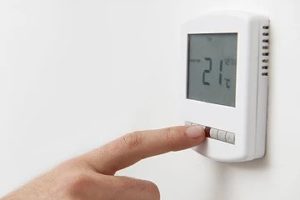 The first thing on your list should be to call an HVAC professional to inspect your furnace to ensure optimal efficiency. It’s also a good idea to stock up on filters and change them regularly. If you haven’t done so already, switching out your thermostat for a programmable one is a great step in the right direction. Updating the thermostat for your families schedule is an easy way to slash your energy bill. You can also set these type of thermostats by season.
The first thing on your list should be to call an HVAC professional to inspect your furnace to ensure optimal efficiency. It’s also a good idea to stock up on filters and change them regularly. If you haven’t done so already, switching out your thermostat for a programmable one is a great step in the right direction. Updating the thermostat for your families schedule is an easy way to slash your energy bill. You can also set these type of thermostats by season. Being proactive will aid you in preparing for when the bad weather hits and you will inevitably need your seasonal equipment. Pull out your snow blower and have it serviced and give it a good tune-up. Take a look at your shovels and replace any worn or broken ones. Have your ice chopper sharpened and buy bags of ice-melt or sand. Equipment you use in the summer should be prepared to be to be stored away. Items like your lawn mower should have the gas drained to avoid any rust.
Being proactive will aid you in preparing for when the bad weather hits and you will inevitably need your seasonal equipment. Pull out your snow blower and have it serviced and give it a good tune-up. Take a look at your shovels and replace any worn or broken ones. Have your ice chopper sharpened and buy bags of ice-melt or sand. Equipment you use in the summer should be prepared to be to be stored away. Items like your lawn mower should have the gas drained to avoid any rust.


 Did you know that inadequate humidity during cold weather is one of the major causes of respiratory infections? The cooler seasons when we require our furnace to be running causes people to have repeated winter colds. Most people blame winter for these problem, but the truth is, it’s caused by dryness. The dryness affects the membranes of the throat, nose and bronchial tubes. Relative humidity also has quite the effect on controlling airborne infections.
Did you know that inadequate humidity during cold weather is one of the major causes of respiratory infections? The cooler seasons when we require our furnace to be running causes people to have repeated winter colds. Most people blame winter for these problem, but the truth is, it’s caused by dryness. The dryness affects the membranes of the throat, nose and bronchial tubes. Relative humidity also has quite the effect on controlling airborne infections.